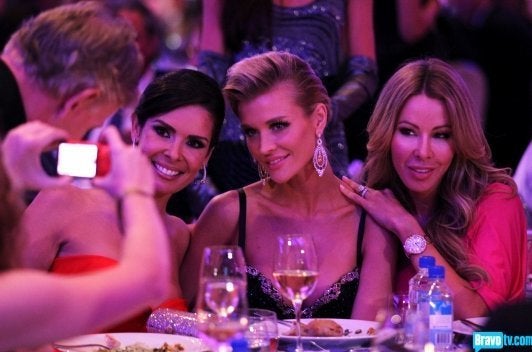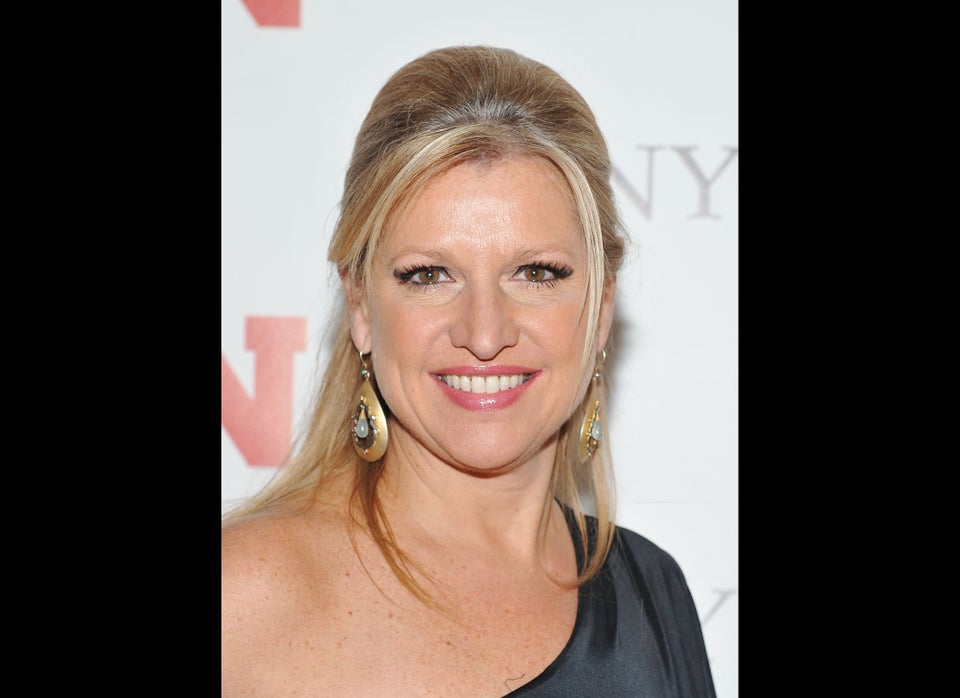
For every Carrie Mathison, the brilliant, complicated spy Claire Danes plays on "Homeland," there are six "Real Housewives" -- in other words, the way women are represented on television and in film is pretty dismal. That's the message researchers are taking away from a new study out of a joint collaboration between USC Annenberg and the Geena Davis Institute on Gender in Media.
The study, lead by sociologist Stacy L. Smith, analyzed 11,927 speaking roles on prime-time television programs aired in spring 2012, children's TV shows aired in 2011 and family films (rated G, PG, or PG-13) released between 2006 and 2011. Smith's team looked at female characters' occupations, attire, body size and whether they spoke or not.
The team's data showed that on prime-time television, 44.3 percent of females were gainfully employed -- compared with 54.5 percent of males. Women across the board were more likely to be shown wearing sexy attire or exposing some skin, and body size trends were apparent: "Across both prime time and family films, teenaged females are the most likely to be depicted thin," Smith wrote in the study's executive summary. The ratio of men to women in STEM fields was 14.25 to 1 in family films and 5.4 to 1 on prime time TV. Perhaps most telling are the percentages of speaking female characters in each media form: only 28.3 percent of characters in family films, 30.8 percent of characters in children's shows, and 38.9 percent of characters on prime time television were women.
In a summary of the study's findings, the researchers reported that they found a lack of aspirational female role models in all three media categories, and cited five main observations: female characters are sidelined, women are stereotyped and sexualized, a clear employment imbalance exists, women on TV come up against a glass ceiling, and there are not enough female characters working in STEM fields.
The researchers concluded by urging content creators to provide more substantive female characters in media channels popular with young people:
"Both young girls and boys should see female decision-makers, political leaders, managers, and scientists as the norm, not the exception. By increasing the number and diversity of female leaders and role models on screen, content creators may affect the ambitions and career aspirations of girls and young women domestically and internationally."
It's a call past data supports. At least one previous study has shown that television and film influence children's views on gender roles and job aspirations. And, according to a 2011 Kaiser Family Foundation survey, American youth aged 8-18 consume an average of 7 hours and 38 minutes of entertainment media each day, and 71 percent of the survey's respondents had a television in their bedroom.
Geena Davis, founder and benefactor of the eponymous Institute on Gender in Media, told Yahoo! Finance that the new study's data "will provide great insights on opportunities for the entertainment community to greatly influence and inspire our children to consider non-stereotypical career paths."
In other words, more "Commander In Chief," less "Keeping Up With The Kardashians," please.
CORRECTION: An earlier version of this story indicated that the Geena Davis Institute on Gender in Media is part of USC Annenberg. They are in fact two separate institutes.

